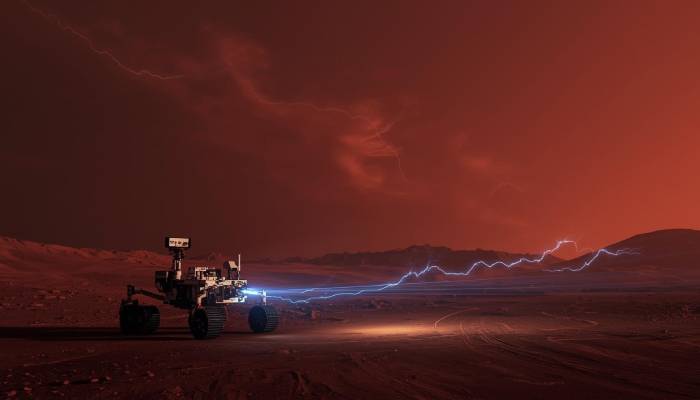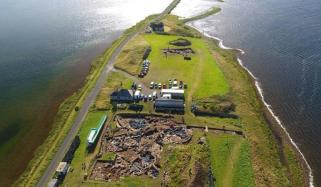
In a groundbreaking development, scientists may have just captured evidence of lighting on Mars for the first time.
The discovery comes from the data recorded by NASA's Perseverance rover which has been exploring the Jezero Crater since landing on the Red Planet in 2021.
As per BBC, the instruments on the Perseverance rover detected small electrical bursts described as "mini lightning," through sound and electromagnetic readings recorded by its SuperCam device.
A team of French researchers studied 28 hours of audio recorded by NASA's rover over two Martian years which equals 1,374 days on Earth.
Their research showed that the small electrical sparks usually occurred during dust devils and the fronts of dust storms.
Dust devils are small whirlwinds caused by hot air rising from the ground and the swirling motion inside them can create electrical charges, leading to electrical discharges.
Lead author of the research Dr Baptiste Chide told news agency Reuters, "These discharges represent a major discovery, with direct implications for Martian atmospheric chemistry, climate, habitability and the future of robotic and human exploration."
Researchers believe that Mars, like Earth, Saturn and Jupiter has electrical activity in its atmosphere.
Scientists are now hopeful that future missions equipped with better lightning-measuring tools and high-sensitivity cameras could help verify and study this phenomenon more clearly.












